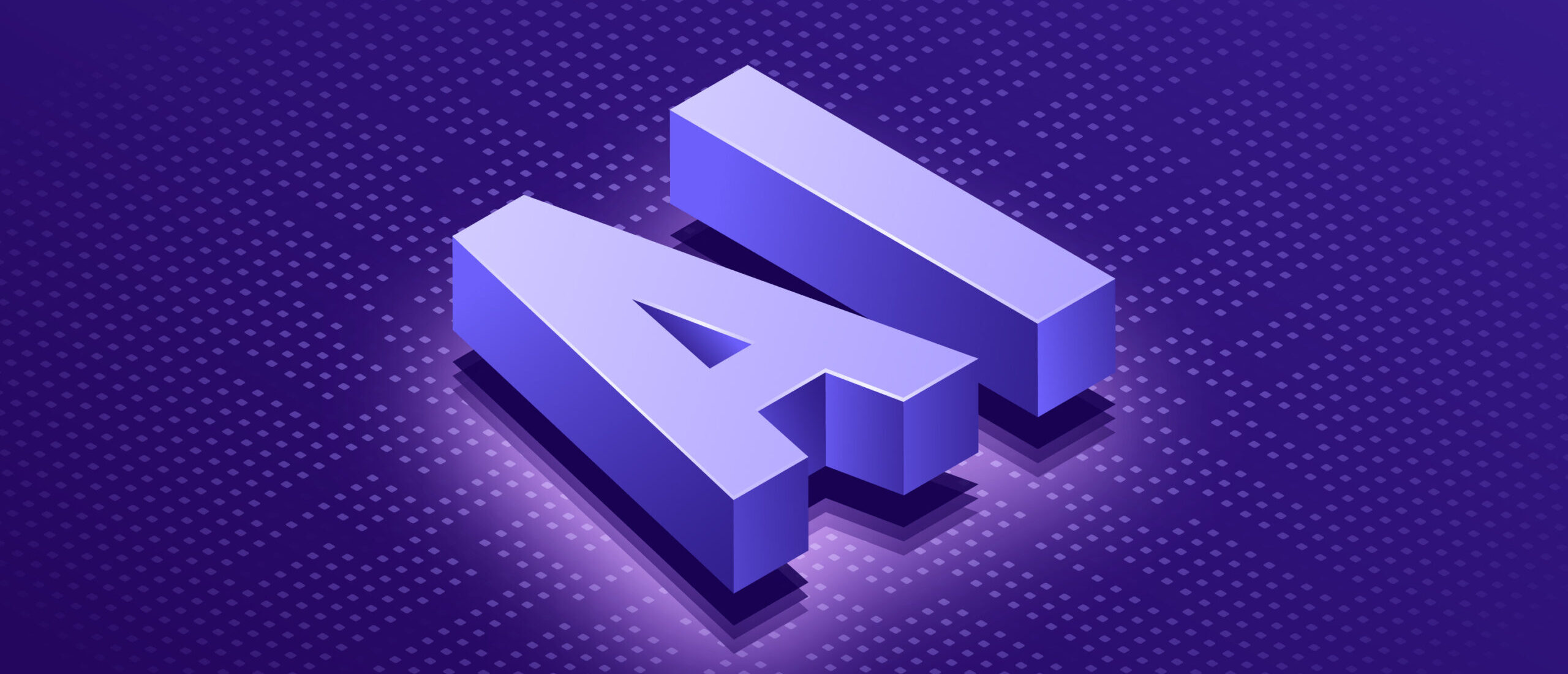The Future of Web Design: How AI is Revolutionizing UI/UX Design

Artificial Intelligence (AI) has been one of the most transformative technologies of the past few years, with its impact being felt in virtually every industry. In the world of design, AI has the potential to revolutionize how we approach user interface (UI) and user experience (UX) design. From automating tedious tasks to creating more personalized experiences, AI is poised to transform the future of web design.
In this article, we’ll explore how AI is shaping the future of web design and what it means for designers.
Automation of Tedious Tasks
One of the most significant impacts of AI on web design is the automation of tedious and repetitive tasks. Designers can use AI-powered tools to generate style guides, mockups, and even entire layouts. This saves designers time and allows them to focus on more creative and strategic aspects of their work.
AI-powered tools like Sketch2Code can turn hand-drawn sketches into functional HTML code, which can save designers hours of work. Similarly, tools like Figma and Canva use AI to create design suggestions based on user data, further reducing the amount of manual work required to design a website.
Enhanced Personalization
Another significant impact of AI on web design is the ability to create more personalized experiences for users. AI can analyze user data and behavior to create custom content and experiences that are tailored to each user. This can improve engagement, increase conversions, and create a more positive user experience.
Personalization can take many forms, from tailored content and product recommendations to dynamic interfaces that adapt to the user’s preferences. AI-powered tools like Adobe Sensei and Dynamic Yield can analyze user data and generate personalized content and experiences based on that data.
Improving Accessibility
AI is also being used to improve accessibility in web design. By analyzing user data, AI-powered tools can identify potential accessibility issues and suggest ways to improve them. This can include optimizing color contrast, improving font legibility, and providing alternative text for images.
In addition, AI can be used to create more accessible interfaces. For example, voice assistants like Siri and Alexa have made it easier for people with disabilities to navigate the web. AI can also be used to create interfaces that are optimized for users with specific disabilities, such as screen readers for users with visual impairments.
Empowering Creativity
While some may worry that AI will replace human designers, the reality is that AI is meant to augment human creativity, not replace it. By automating tedious tasks and providing designers with more data and insights, AI can empower designers to be more creative and innovative in their work.
AI-powered tools can provide designers with new ideas and insights that they may not have thought of on their own. This can inspire new creative directions and allow designers to explore new possibilities.
Conclusion
In conclusion, AI is poised to revolutionize the future of web design and UI/UX. By automating tedious tasks, providing personalized experiences, improving accessibility, and empowering creativity, AI is providing designers with new opportunities to create better experiences for users. While AI is not meant to replace human designers, it can help them work smarter and more efficiently, while providing them with new insights and data that can inform their work.
As we look to the future of web design, it’s clear that AI will play an increasingly important role in shaping how we approach design. By embracing AI-powered tools and techniques, designers can create more effective, personalized, and accessible designs that improve the user experience and drive business success.